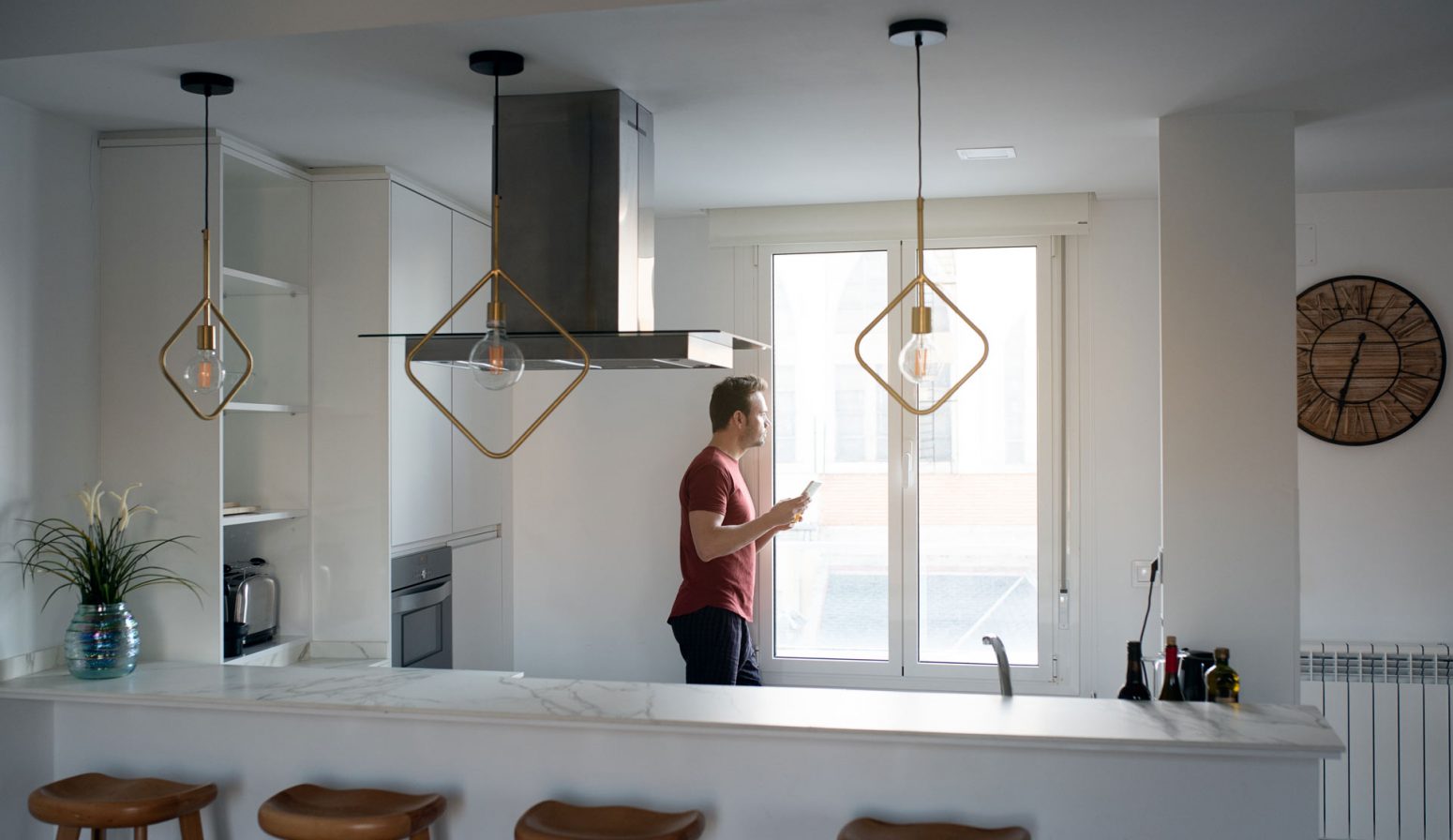
When it comes to replacement windows with energy-efficient solutions, the type of window you opt for must match your lifestyle. You will have to take into account features like glass width or height, along with the best operating system.
The most common windows are awning and casement ones. And if you don’t know which one is the best solution for you, read up next to discover the advantages and disadvantages of both awning and casement windows.
What Awning Windows?
Awning windows are the ones that can be pushed open from the bottom. They fit nicely amongst stationary windows, as they permit proper ventilation and a beautiful view. Experts say such windows are recommended for smaller and broader locations, such as the kitchen.
Besides being versatile, awning windows come with a set of advantages, including:
- Extended functionality & ease in including them in almost any type of interior design
- Outstanding air ventilation, which prevents mold from occurring, along with several other interior-related issues
- Ease in operating them, as awning windows come with a handle positioned at their base
- Perfect for an opening during rain, as the water can’t leak inside the house
Of course, some drawbacks come from using awning windows. First of all, you will need to have a clear space on the outside of the window. Otherwise, you won’t be able to operate it. Also, it is quite challenging to perform maintenance on such windows if installed above the first story.
When to Use Awning Windows?
Awning windows are the best solution for bettering natural ventilation in kitchens and bathrooms. In bathrooms, such windows can be positioned higher on the walls, which means they are great for preserving privacy. In kitchens, awning windows are usually installed above kitchens, as they match the interior design perfectly while allowing proper ventilation.
What are Casement Windows?
Casement windows resemble quite well the design of awning windows but differ because they are hinged on the sides and not on the top. These windows are recommended for spaces that require taller windows or need unobstructed access in case of maintenance.
Casement windows are versatile and can be used even in the smallest places. Besides, they offer several advantages, such as:
- Unobstructed view of outside premises, primarily if tall casement windows are used
- One of the best energy-efficient solutions, as they feature a tight seal
- Outstanding ventilation capability, as opening only four inches of a casement window can bring inside more air than a fully open double-hung window
- Ease of maintenance because they can rotate fully
When to Use Casement Windows?
Casement windows are more energy-efficient, which is why they represent the best solution for all living spaces inside your home. In living rooms, they usually come with a broader and taller design to permit natural light to enter. In bedrooms, casement windows are smaller, to offer both privacy and proper ventilation when needed.
